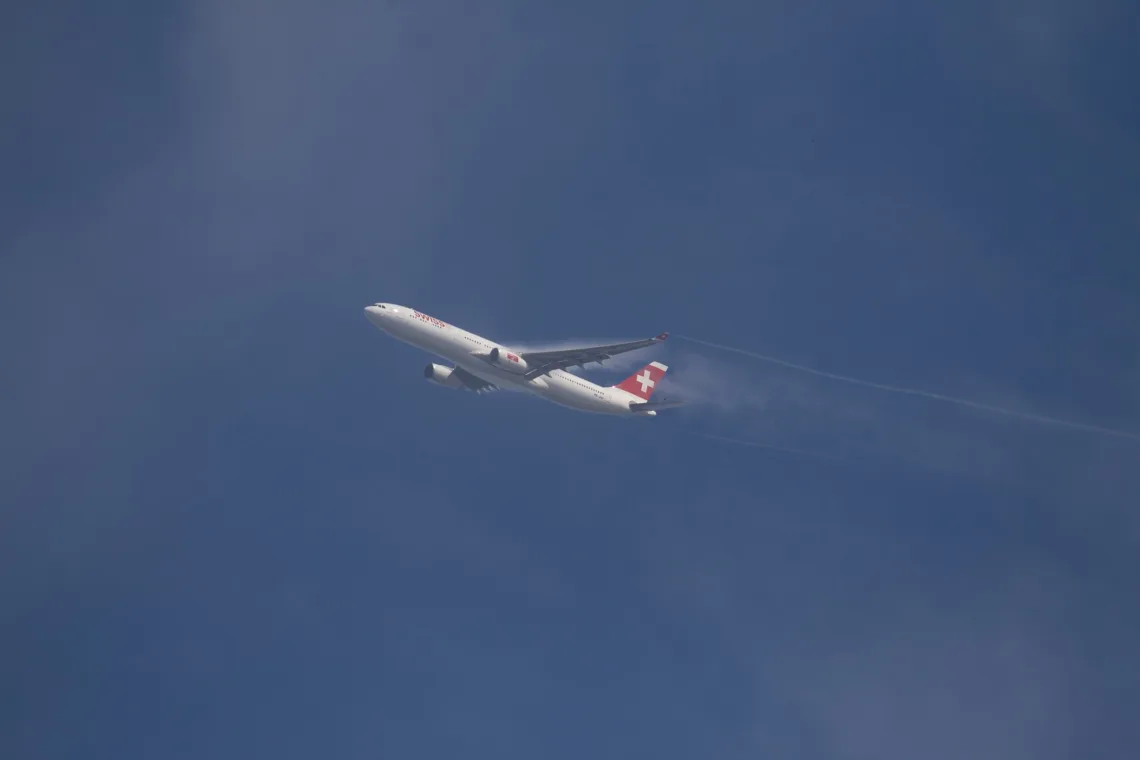Climate change makes the airspace more uneven for planes and more risky for passengers, with the warmer atmosphere leading to more dangerous turbulence.
This is what a study published on June 9 claims, in which the climate scientists found that the sky is up to 55 percent rougher today than four decades ago, which they claim increases costs for the airline industry, writes the Strait Times.
Turbulence makes flights bumpy and can occasionally be dangerous, says Mark Prosser, a meteorologist at the University of Reading, who led the study, which was published in Geophysical Research Letters.
According to Prosser, turbulence costs the airline industry in the US between 150 and 500 million dollars a year.
Every extra minute spent travelling through turbulence increases the wear and tear on the aircraft and the risk of injury to passengers and flight attendants.
At a typical point over the North Atlantic, one of the world’s busiest air routes, the total annual duration of severe turbulence increased by 55 percent from 1979 to 2020, according to the researchers.
The North Atlantic experienced the biggest increase, but other busy flight routes over the USA, Europe, the Middle East and the South Atlantic are also said to have experienced a significant increase in turbulence.
The likelihood of moderate or greater turbulence was generally greater over the oceans than over the continents, it was greater in the mid-latitudes, where the atmospheric jet streams are located, according to the researchers.
A band of moderate or greater turbulence was also evident along the equatorial seas.
Clear-air turbulence can be particularly dangerous because it is difficult to detect with the tools used in aviation today, this is because it can be very local, which also makes it difficult for weather models to predict. Turbulence caused by storms is easier to pick up on the radar and avoid.
The increase in turbulence is consistent with the effects of climate change, according to previous research.
To test whether turbulence has increased, Prosser and colleagues analysed 40 years of atmospheric data. The team went further than before by calculating turbulence in 21 different ways, a first. They believe they have the most detailed picture of how turbulence has already started to change.
The researchers found that total annual severe turbulence increased from 17.7 hours in 1979 to 27.4 hours in 2020, or 55 percent, for an average point over the North Atlantic. Moderate turbulence increased by 37 percent from 70 to 96.1 hours annually, and light turbulence increased by 17 percent from 466.5 to 546.8 hours.
After a decade of research showing that climate change will lead to increased turbulence in the future, we now have evidence to suggest that the increase has already begun, says Dr Paul Williams, atmospheric scientist at the University of Reading and co-author of the study.
We should invest in better systems for turbulence warning and detection to prevent the rougher air leading to more bumpy flights in the coming decades, he concludes.

